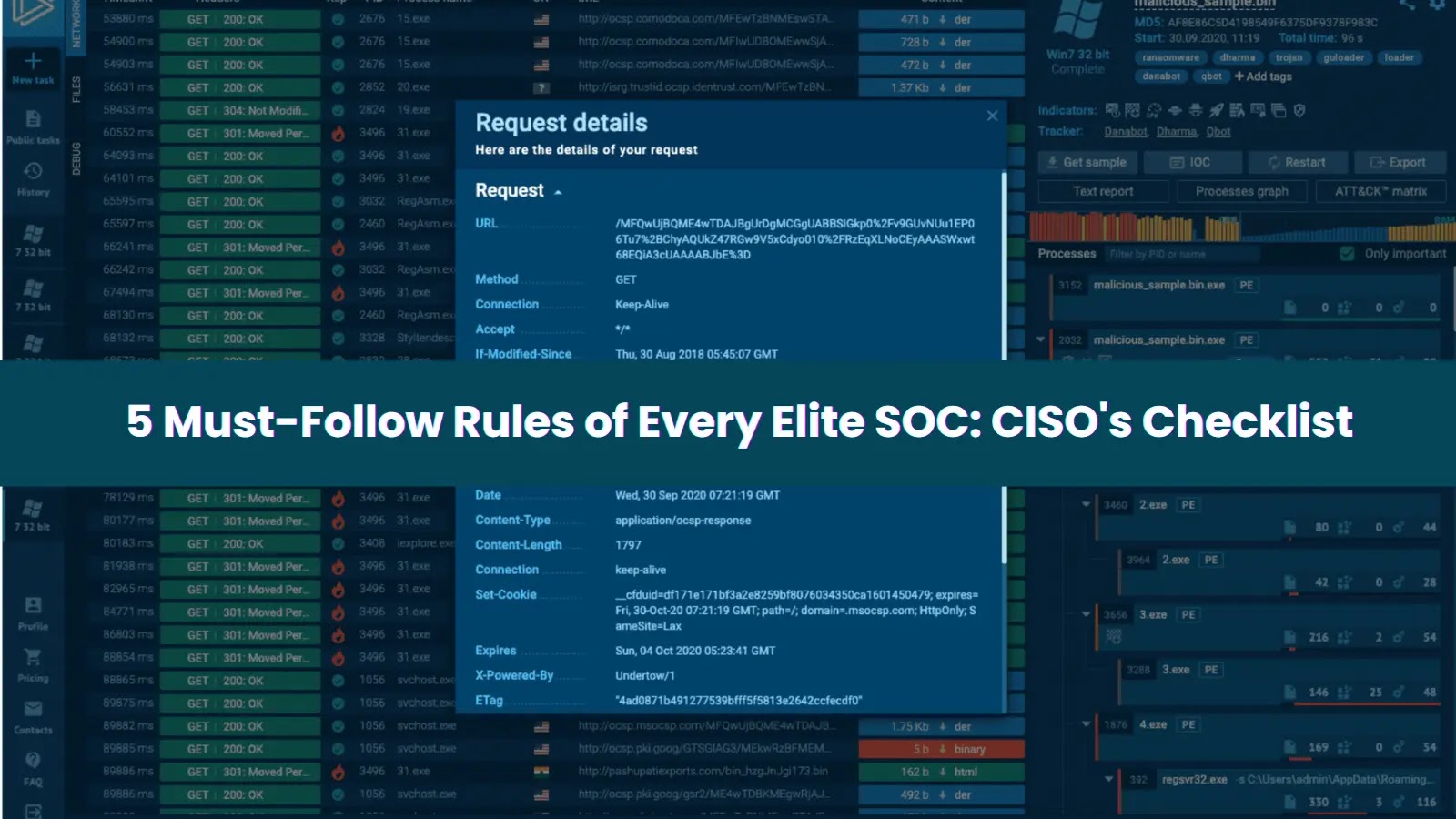CISA Issues Urgent Guidance on Actively Exploited WSUS Vulnerability
On October 29, 2025, the Cybersecurity and Infrastructure Security Agency (CISA) released critical guidance to help organizations detect and mitigate threats associated with the actively exploited CVE-2025-59287 vulnerability in Microsoft’s Windows Server Update Services (WSUS). This remote code execution flaw, assigned a CVSS score of 9.8, enables unauthenticated attackers to execute arbitrary code with SYSTEM privileges on affected servers, posing significant risks to enterprise networks.
Microsoft initially addressed this issue during October’s Patch Tuesday. However, after discovering that the initial fix was incomplete, the company released an out-of-band update on October 23, 2025. Consequently, CISA added the vulnerability to its Known Exploited Vulnerabilities (KEV) Catalog on October 24, 2025. Reports indicate a surge in exploitation, with attackers utilizing proxy networks and public proof-of-concept exploits to harvest sensitive data, including user credentials and network configurations.
Understanding the WSUS Vulnerability and Its Exploitation
CVE-2025-59287 arises from unsafe deserialization of untrusted data within WSUS. Specifically, the vulnerability involves the insecure .NET BinaryFormatter when processing AuthorizationCookie objects through endpoints like GetCookie() in the ClientWebService or SoapFormatter in ReportingWebService. Attackers can craft malicious SOAP requests containing base64-encoded payloads, encrypted with AES-128-CBC, which bypass validation and trigger code execution upon deserialization.
This vulnerability affects servers with the WSUS role enabled—a feature not active by default—and exposes ports TCP 8530 and 8531 to network traffic. The network-based attack vector requires no privileges or user interaction, allowing rapid compromise of update management infrastructure. Attackers can leverage this access for lateral movement and data exfiltration.
Technical Details of CVE-2025-59287
– CVE ID: CVE-2025-59287
– Description: Deserialization of untrusted data in WSUS allows remote code execution.
– CVSS v3.1 Score: 9.8
– Severity: Critical
– Affected Products: Windows Server 2012, 2012 R2, 2016, 2019, 2022 (including 23H2), 2025 with WSUS role enabled.
– Exploitation Prerequisites: Unauthenticated access to TCP ports 8530/8531; crafted requests to ClientWebService or ReportingWebService.
– Impact: Arbitrary code execution with SYSTEM privileges; potential for network enumeration, credential theft, and persistence.
Recommended Actions for Organizations
Organizations should take the following steps to mitigate the risks associated with this vulnerability:
1. Identify Vulnerable Servers: Use PowerShell commands like `Get-WindowsFeature -Name UpdateServices` or the Server Manager Dashboard to confirm if the WSUS role is enabled on servers.
2. Apply Patches Promptly: Implement the out-of-band patch released on October 23, 2025, and perform a system reboot to ensure the update takes effect.
3. Implement Temporary Workarounds: If immediate patching isn’t feasible, consider disabling the WSUS role or blocking inbound traffic to ports 8530 and 8531 at the host firewall level.
4. Monitor for Anomalous Activity: Be vigilant for unusual behaviors, such as child processes spawned with SYSTEM permissions from `wsusservice.exe` or `w3wp.exe`, including nested PowerShell instances executing base64-encoded commands.
5. Investigate Suspicious Commands: Watch for commands like `cmd.exe` and `powershell.exe` used for enumeration via `net user /domain` and `ipconfig /all`, with outputs potentially exfiltrated to external sites for command-and-control purposes.
6. Review WSUS Logs: Check for deserialization errors in WSUS logs or unusual POST requests to Client.asmx endpoints, as these may indicate exploitation attempts.
Additional resources from cybersecurity firms provide detailed insights into real-world exfiltration scripts and consistent attacker methodologies involving proxy obfuscation.
Federal agencies are required to remediate this vulnerability by November 14, 2025. However, all organizations are strongly encouraged to act immediately to protect their update pipelines against this high-impact threat.



